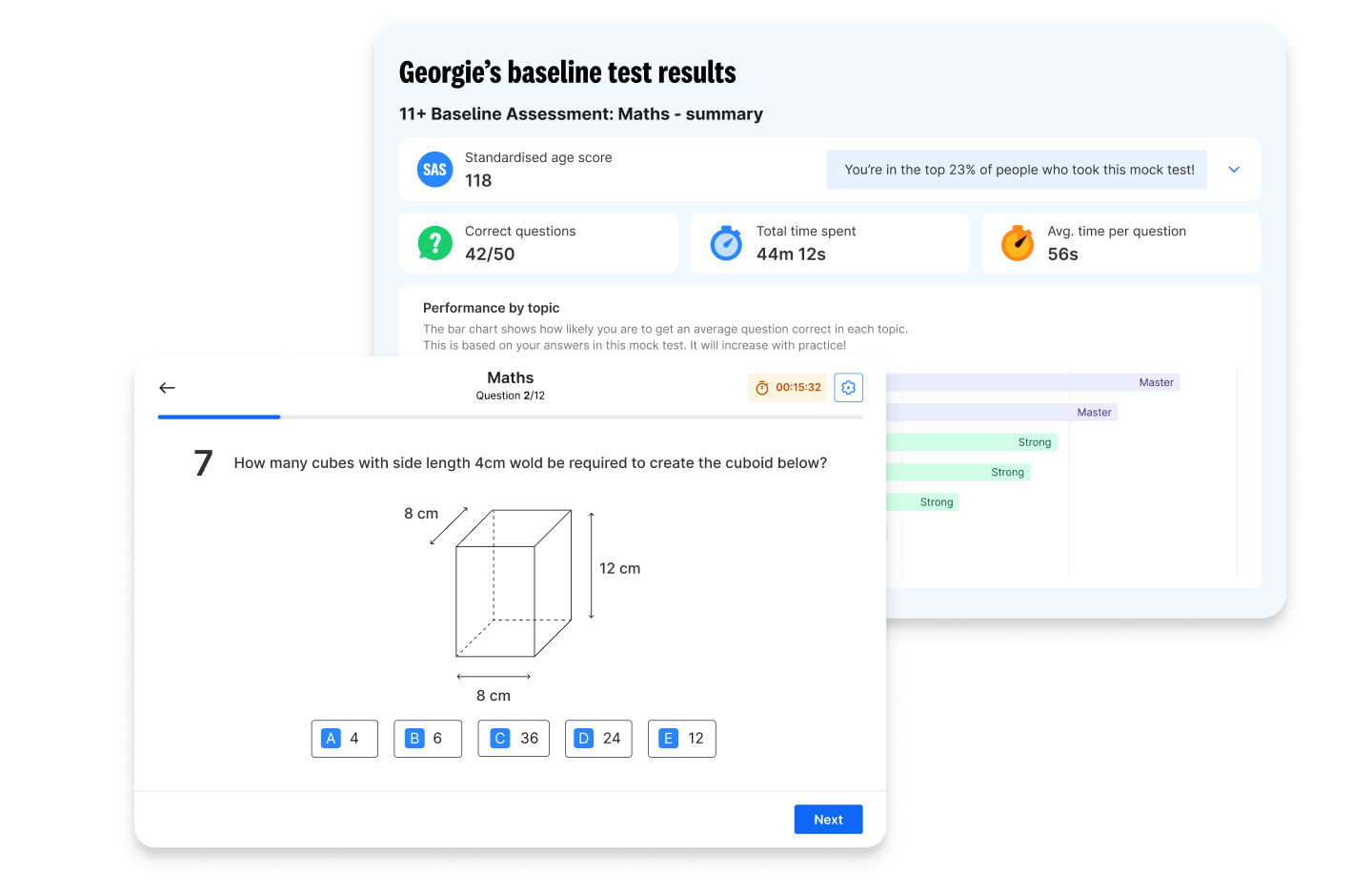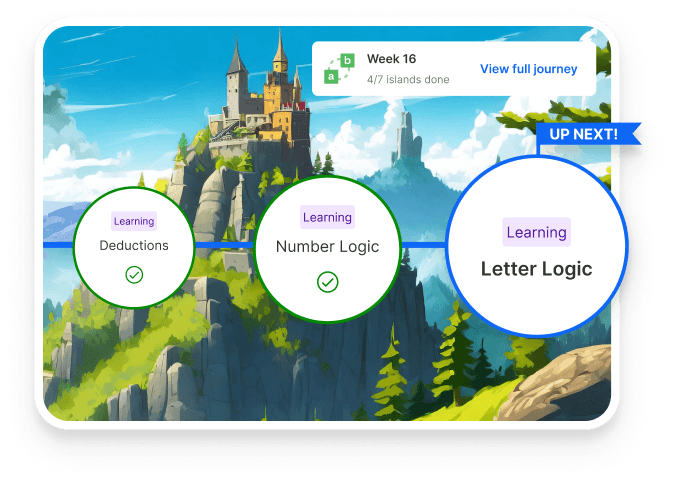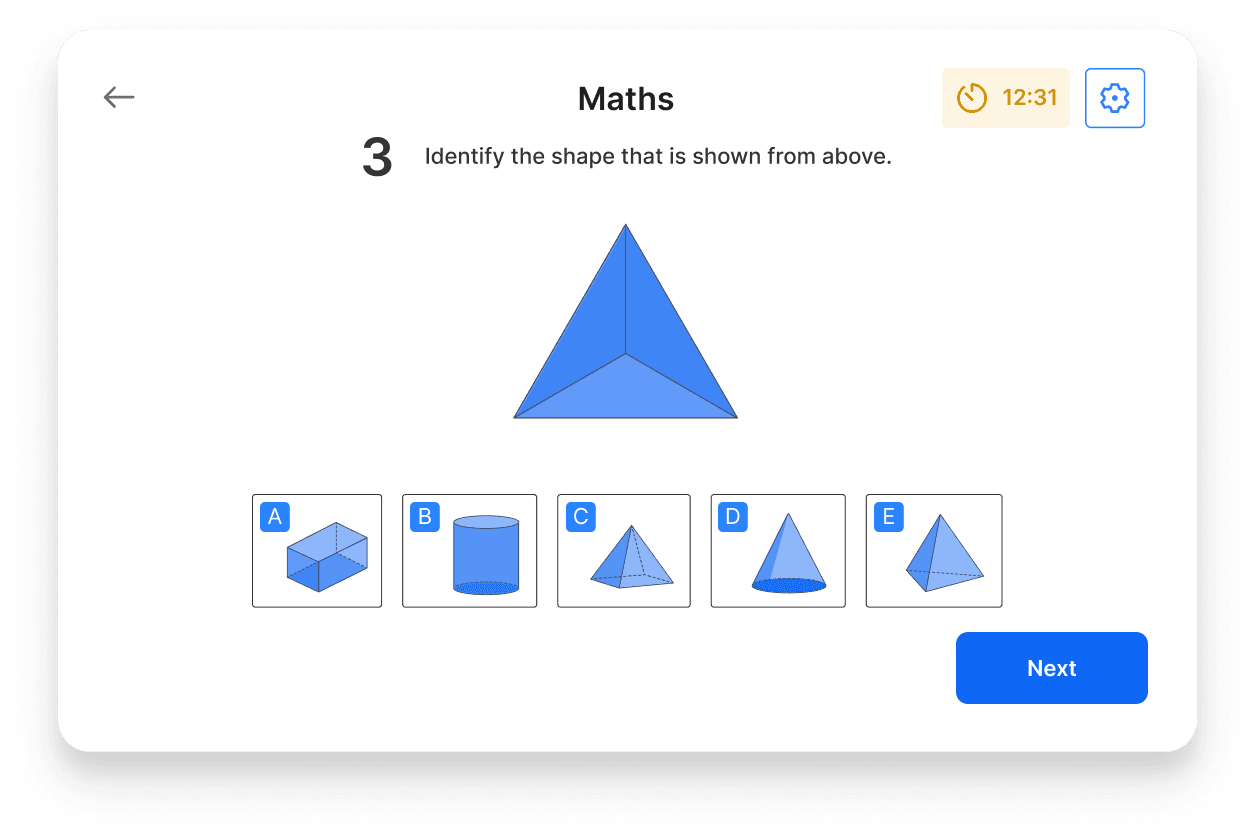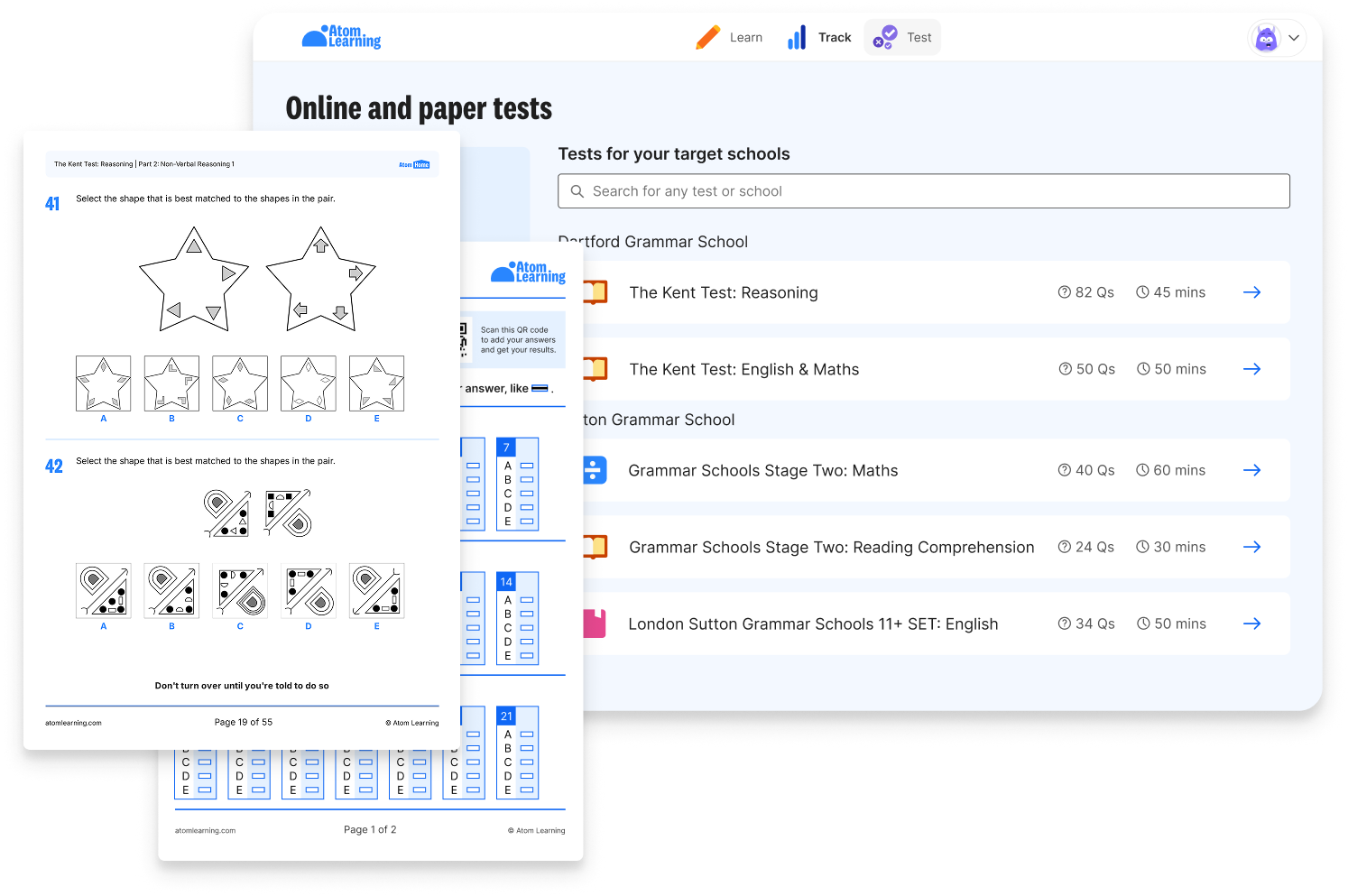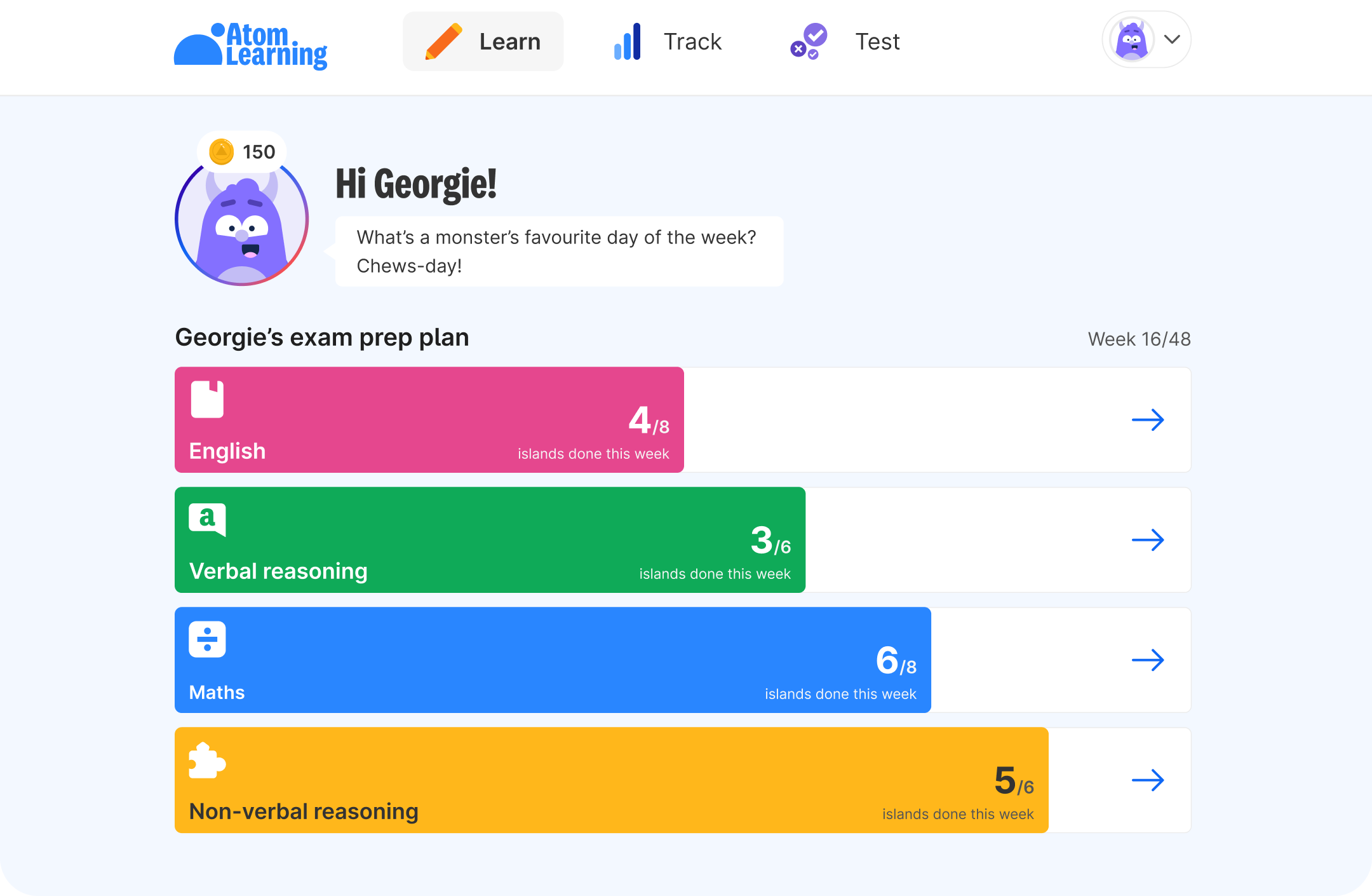Thinking about applying to Dame Alice Owen's School? Find out everything you need to know about admissions in 2025–2026 and how to prepare your child for success in the school’s 11 plus entrance exam.
Key information for Dame Alice Owen's School
- Address: Dame Alice Owen's School, Dugdale Hill Lane, Potters Bar, Hertfordshire, EN6 2DU
- Number of pupils: 1,400+
- Admissions contact: [email protected]
- Number of academic places in Year 7: 65 (33% of total intake)
- 11+ exam: GL Assessment (Part 1) and school’s own (Part 2)
- Catchment area: yes
Dates for your diary
- Thursday 1st May 2025: online test registration opens for Dame Alice Owen’s School
- Thursday 12th June 2025: online test registration closes
- Monday 1st September 2025: entrance exam part 1 (verbal reasoning)
- Saturday 27th September 2025: entrance exam part 2 (English and maths)
- Mid-October 2025: parents notified of children’s exam scores
- Friday 31st October 2025: secondary school applications close
- Monday 2nd March 2026: secondary school national offers day
About Dame Alice Owen's School
Dame Alice Owen’s School is a large mixed secondary school in Potters Bar, Hertfordshire. It was founded by philanthropist Dame Alice Owen as a boys’ school in Islington in 1613. In 1973, the school moved to its Potters Bar site and became co-educational.
Academic standards are high at Dame Alice Owen's. Students consistently achieve excellent exam results and many go on to Oxbridge and Russell Group universities. A wide range of extracurricular activities includes clubs, sports, drama, competitions, and overseas trips.
In December 2023, Ofsted rated Dame Alice Owen's School 'outstanding' in all areas. Ofsted praised the school's "palpable sense of community" and "high aspirations for its pupils". Ultimately, the report said that Dame Alice Owen's is "a wonderful place to come to learn".
How to apply to Dame Alice Owen's School
Dame Alice Owen's School is a partially-selective school. While most places in Year 7 are non-selective, children can be prioritised for a place based on a particular ability. Academic and music places are available at Dame Alice Owen's School for children who live within one of the school’s local priority areas. We’ve included more information about the school’s priority areas (catchment area) below.
If you live within the priority area and you would like your child to be considered for an academic place at Dame Alice Owen’s School, you’ll need to register your child to take the entrance exam. Online registration opens on the school website on Thursday 1st May 2025 and closes on Thursday 12th June.
There are two parts to the entrance exam at Dame Alice Owen’s School. All children who have been registered take the first part (verbal reasoning) on Monday 1st September 2025. The highest-ranking children (based on the test scores) are then invited back to take the second stage of the exam (English and maths). This will take place on Saturday 27th September 2025. You’ll receive your child’s results in mid-October.
To apply to Dame Alice Owen's School, you’ll need to name the school as one of your preferred schools on the secondary school common application form. This will be available on your home council website from early September and must be submitted by 31st October 2025.
Remember – passing the academic ability test doesn’t guarantee that your child will be allocated a place under the academic criterion. Many selective schools are often oversubscribed with qualified children. Schools and their admissions authorities work through admissions criteria to prioritise children for places. We’ve included the admissions criteria for Dame Alice Owen's School below.
What’s on the Dame Alice Owen’s School entrance exam?
The Governors’ Entrance Exam for Dame Alice Owen’s School consists of three papers, separated into Part 1 and Part 2.
Part 1
All children who have been registered for an academic place by the deadline will be invited to take Part 1 at Dame Alice Owen’s School.
Part 1 consists of one verbal reasoning paper. It is provided by GL Assessment – one of the UK’s leading providers of 11 plus exams.
Verbal reasoning is not taught on the national curriculum. It’s a type of reasoning which assesses how well your child can apply logic and solve problems with written information, such as letters, words, symbols and numbers. Many grammar schools use 11 plus verbal reasoning papers because they indicate potential, rather than learned knowledge.
The paper takes 50 minutes to complete and consists of 80 multiple-choice questions. Your child will be given a question booklet and an answer sheet for each paper. The answer sheet is marked using OMR (optical mark recognition), which scans the marks your child has made to indicate their chosen answer(s) for each question.
Part 2
After the verbal reasoning test, children’s scores are placed into rank order. The top 325 children are then invited back to Part 2 of the Dame Alice Owen’s School entrance exam.
Part 2 consists of an English paper and a maths paper which are created internally by school staff. The English paper consists of a reading comprehension task and a creative writing task. The maths paper tests your child’s knowledge and understanding of the concepts taught on the Key Stage 2 national curriculum.
Both papers in Part 2 take one hour to complete.

